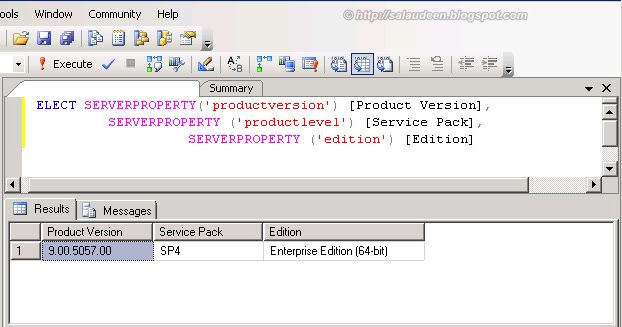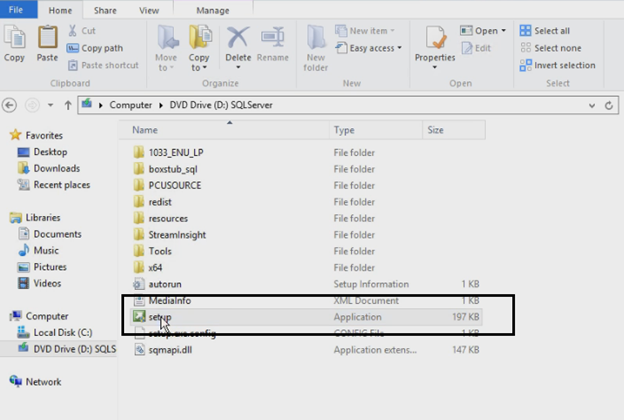

- #Install sql server 2014 for sharepoint 2013 step by step install#
- #Install sql server 2014 for sharepoint 2013 step by step update#
- #Install sql server 2014 for sharepoint 2013 step by step license#
It should do pre-checks and if successful should prompt you for a license key. Go to Control Panel -> Programs and confirm you have something similar to this (without SharePoint Designer & SharePoint Server of course):.
#Install sql server 2014 for sharepoint 2013 step by step install#
#Install sql server 2014 for sharepoint 2013 step by step update#
Next run this update to the AppFabric service, this can be run by right-click Run as Administrator:.Open the Services console and verify that the AppFabric Caching Service exists, this confirms that AppFabric successfully installed:..\WindowsServerAppFabricSetup_圆4.exe /i CacheClient”,”CachingService”,”CacheAdmin /gac.Open your admin PowerShell and run this command:.Trying to run this executable and installing via the GUI or running it in a command prompt will not work. IMPORTANT – only install the AppFabric executable using PowerShell via Admin with the command below.On my servers some of the prereqs did not install until after AppFabric successfully installed. I then combine all of these csv files into a single excel file with columns for each server so I can compare the rows and ensure all of my servers are consistent. In SharePoint 2013 Front-end Server, install option below: Reporting Services Add-In for SharePoint In SharePoint App Server, Run Install-SPRSService cmdlet from SharePoint 2013 Management Shell to install the service.Import-module servermanager Get-WindowsFeature | where-object | Sort-Object DisplayName | FT -Property DisplayName -HideTableHeaders | Out-File $Filename I do this because you cannot rely on the prerequisite installer to inform you that all roles and features are there. After running this step on all servers, I ran a script to output the installed roles and features to a comma separated value file.If you perform an offline install, make sure you have the Server 2012 R2 install disk or iso loaded in the D: drive as you will need to reference d:\sources\sxs for the offline install to obtain.

I found the 3rd script you downloaded in Step 2 works great. This script will obtain the Server 2012 prerequisites and the SQL 2008 R2 SP1 Native Client, if you have a different version of SQL, obtain that native client manually and replace it.Enter the file path where you want them to be downloaded, in my case: c:\software\prereq.



 0 kommentar(er)
0 kommentar(er)
